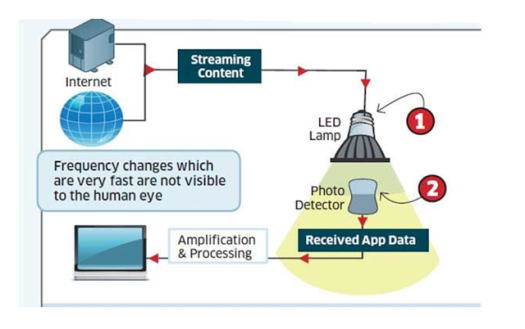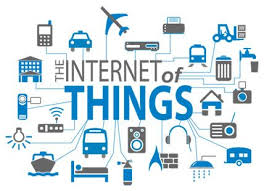Light Fidelity or li-fi is a Visible Light Communications (VLC) system running wireless communications travelling at very high speeds.
The objective of LI-FI is to transfer data through visible light. Since the bandwidth of visible light is 10,000 times more than Radio waves, more data can be transferred through light at short period of time.
Li-Fi uses common household LED (light emitting diodes) lightbulbs to enable data transfer, boasting speeds of up to 224 gigabits per second.
Visible light communication (VLC) eliminates the risk of some disease caused by the Radio waves due to long period exposure. This protocol can be adapted where Radio waves are restricted, such as airplanes, hospitals, and in some research facilities. Researchers reached bit rate of 224 GB/s which is 100s of times faster than our average WI-FI connection at home or office. 


